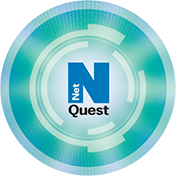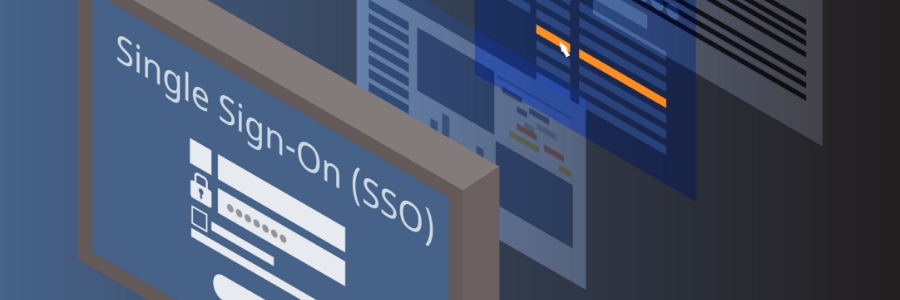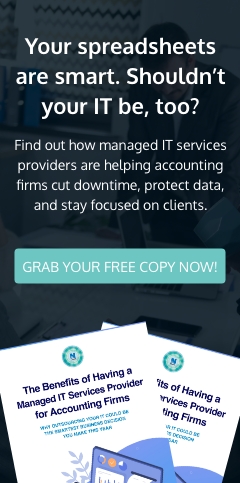As Apple’s footprint in the enterprise grows, so do the challenges of managing user identity across macOS and iOS. This article explores the intricacies of Apple identity management, offering insights into best practices for seamless integration with modern identity providers and mobile device management (MDM) platforms.
How to securely manage your business’s Apple devices and accounts
Single sign-on: One password for multiple accounts
How to create stronger passwords
Everything you need to know about single sign-on
Your password may not be secure — update it now
Improve your password management profile with single sign-on
It’s time to rethink your password strategy

In 2003, the National Institute of Standards and Technology (NIST) stated that strong passwords should consist of upper- and lowercase letters, numbers, and symbols. Recently, however, the institute reversed its stance. Find out why and learn what their new recommendations are for creating strong passwords.
What is single sign-on and who is it for?
Use Single Sign-On for login efficiency

Making passwords can be tedious. From complexity requirements to minimum lengths, creating a password for each new account brings its own set of headaches. If this problem is reaching a boiling point, Single Sign-On (SSO) solutions can help. These techniques are secure, easy-to-manage, and do away with the need to manage a long list of usernames and passwords.
Your password may be poor — update it now

A password policy designed for federal agencies must be secure, right? Surprisingly, that hasn’t been the case, according to the National Institute of Standards and Technology (NIST). The NIST created many of the password best practices you probably loathe — the combination of letters, numbers, and special characters — but it now says those guidelines were misguided and has changed its stance on the matter.
- 1
- 2






